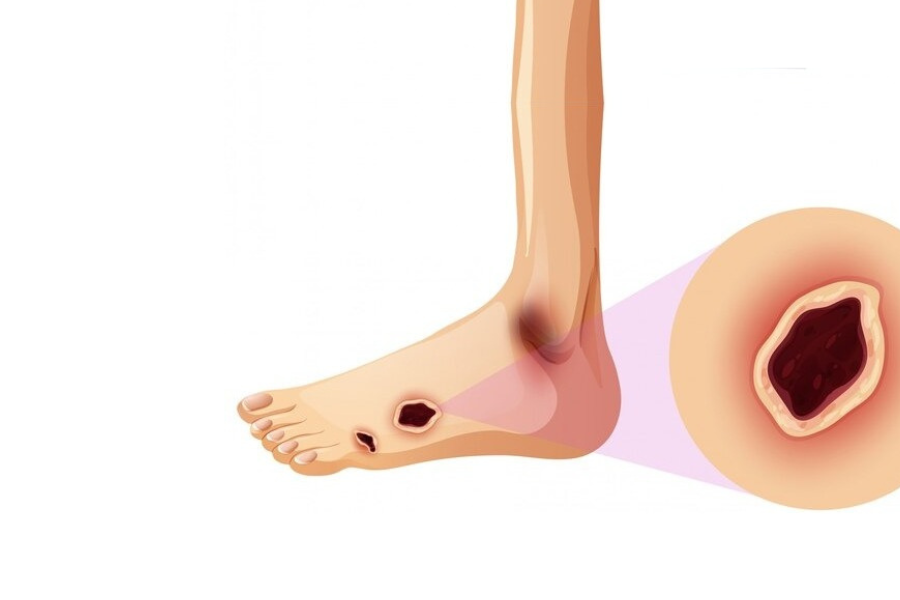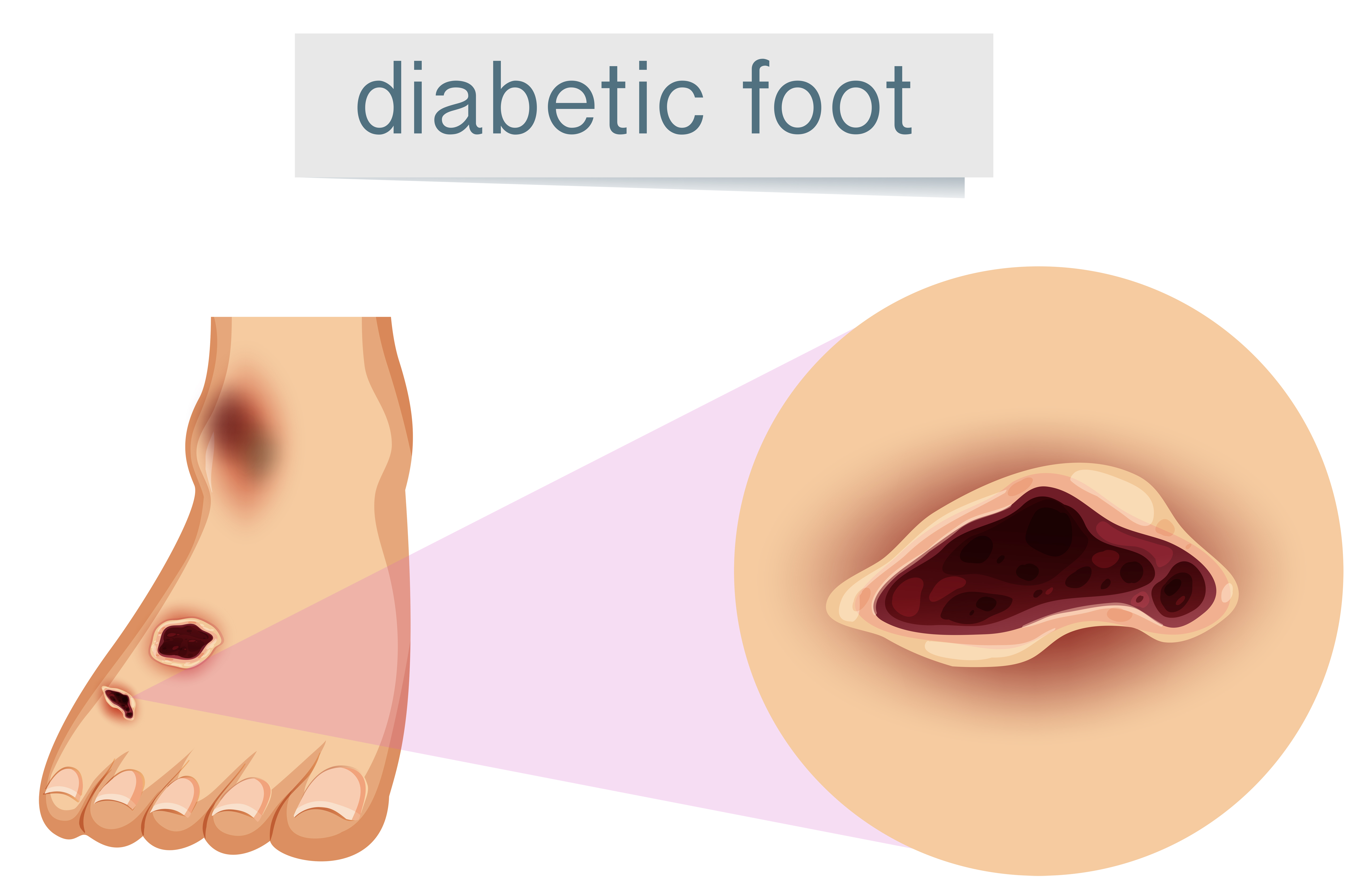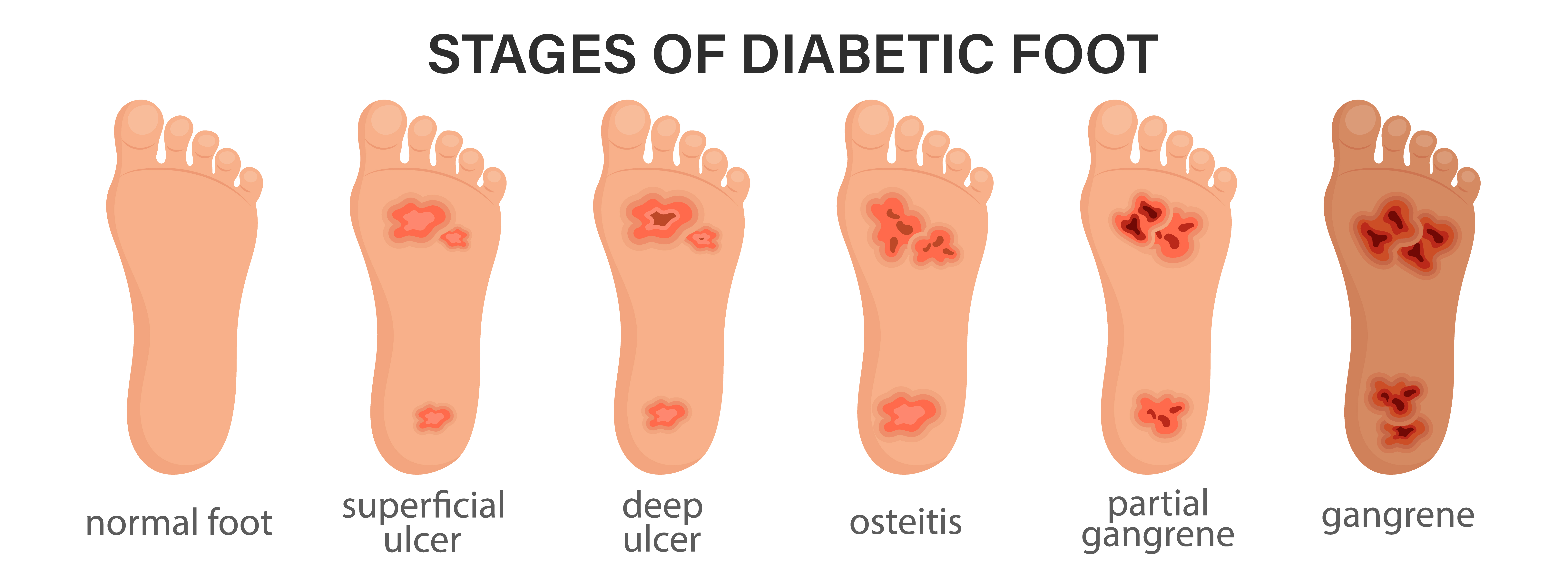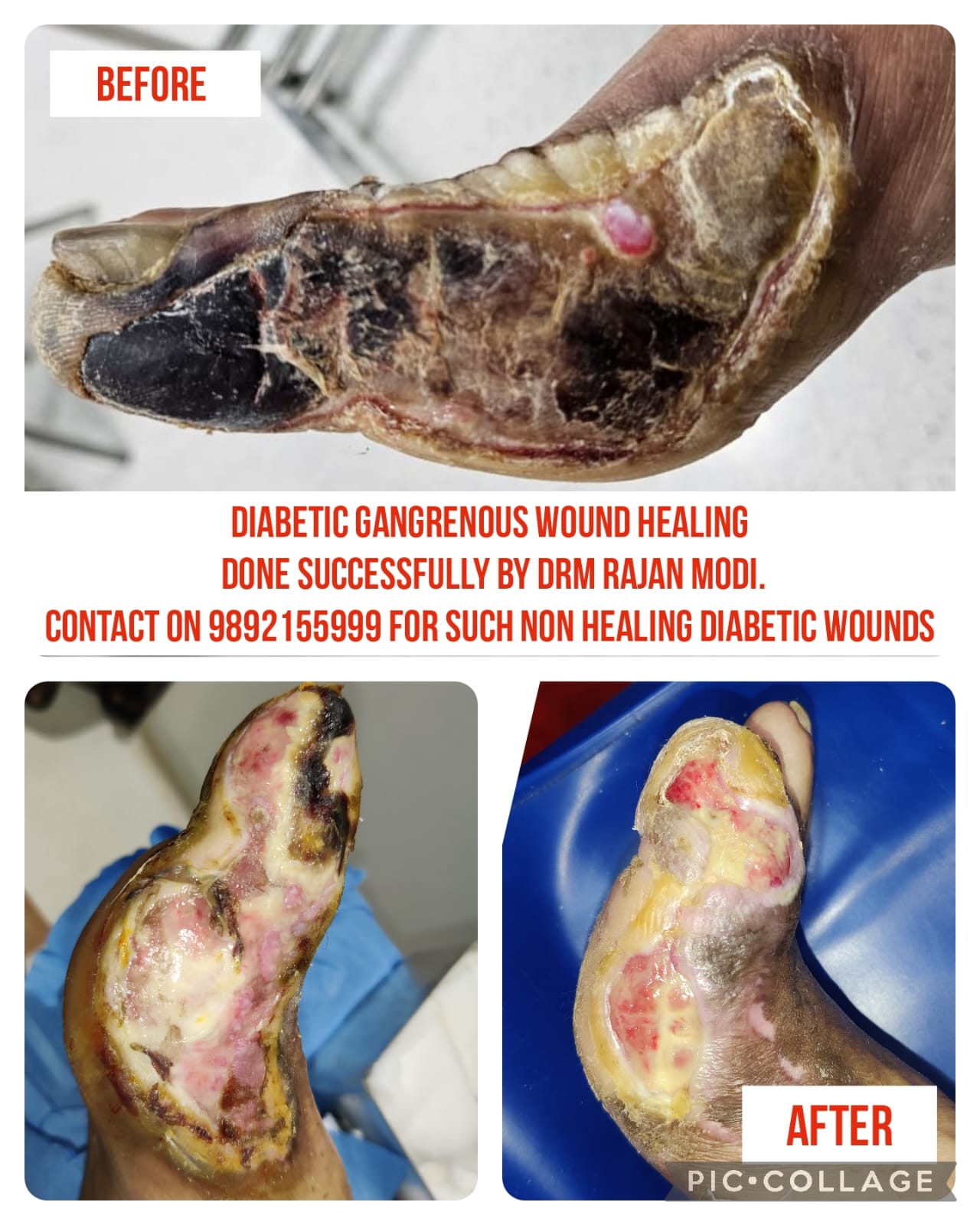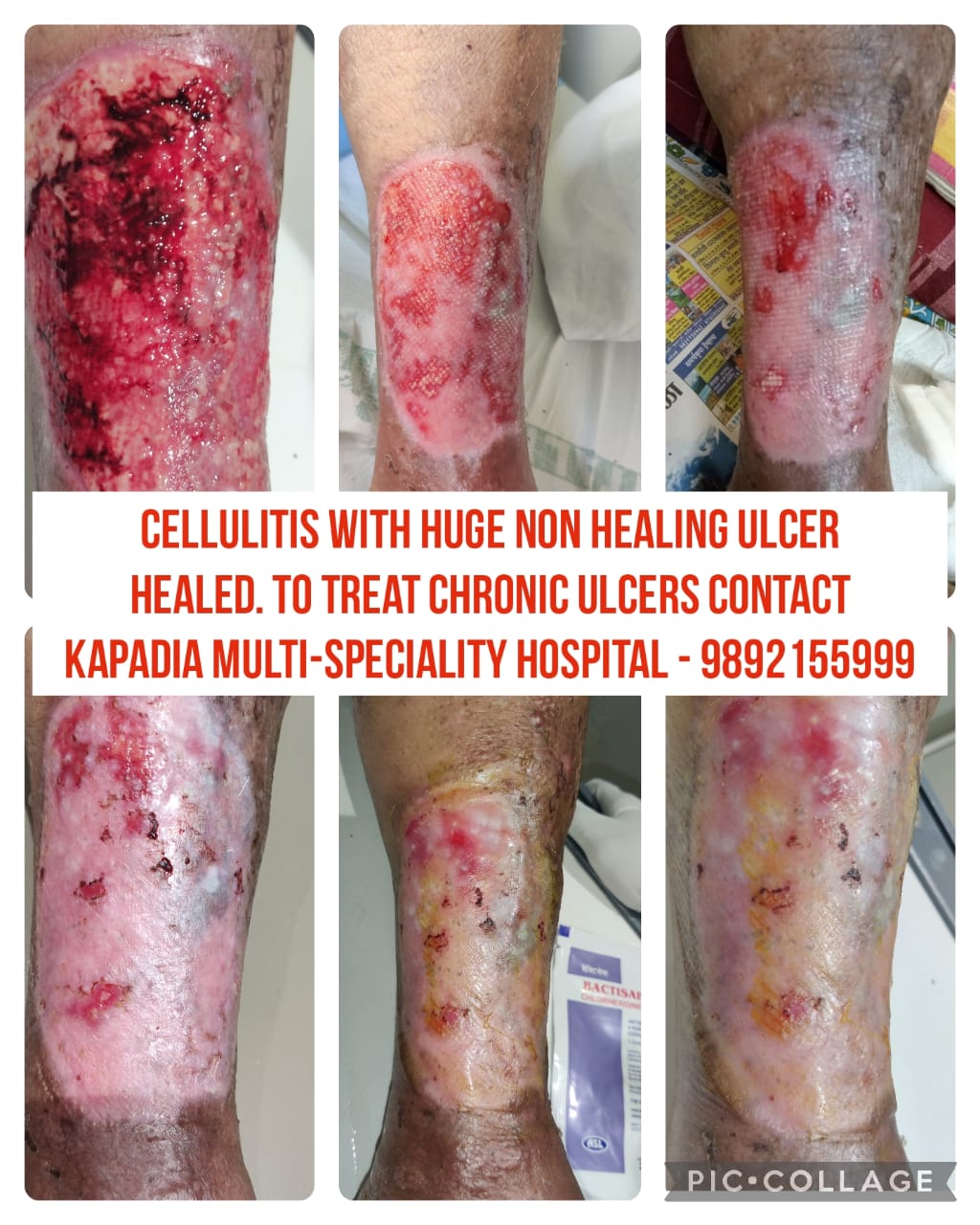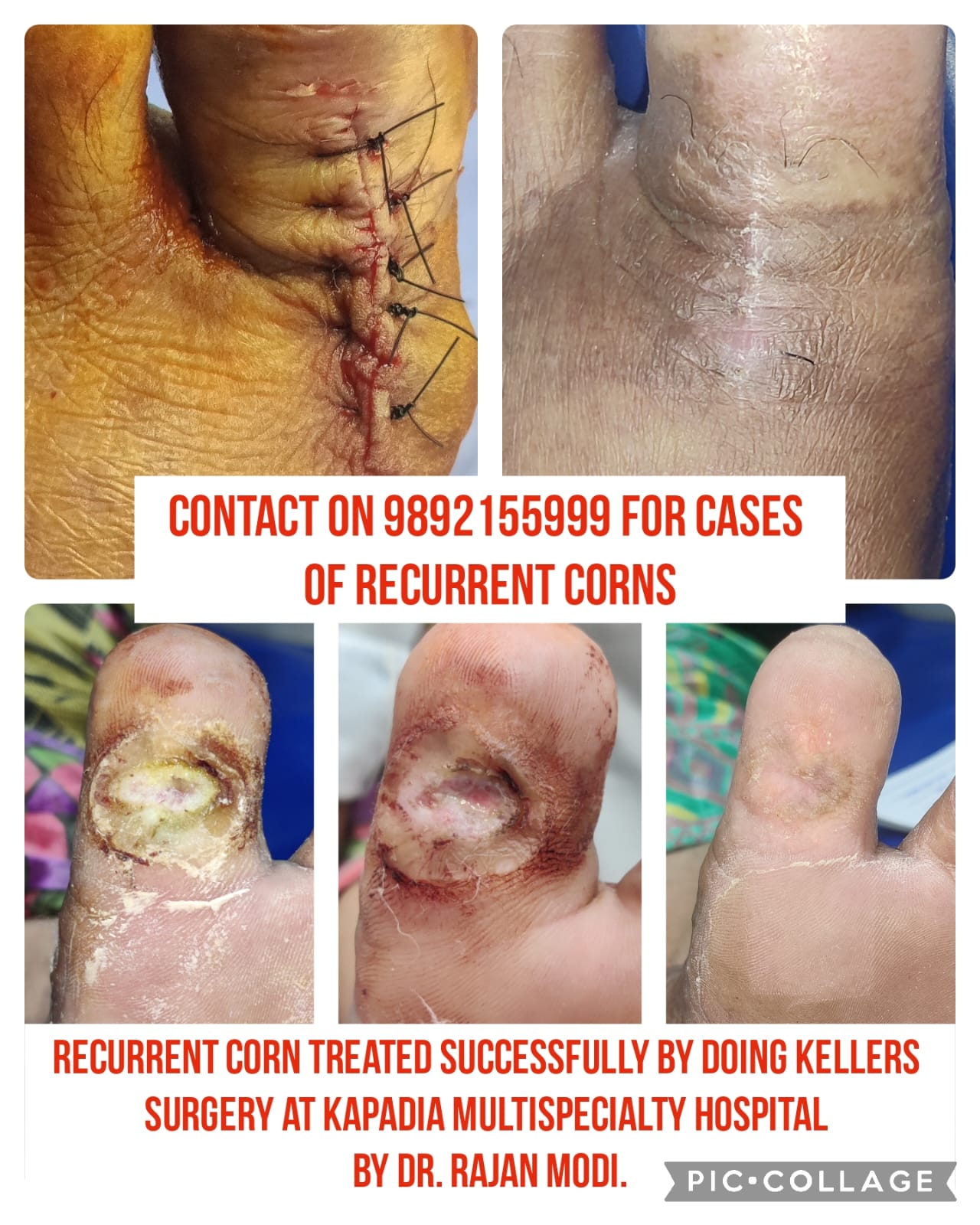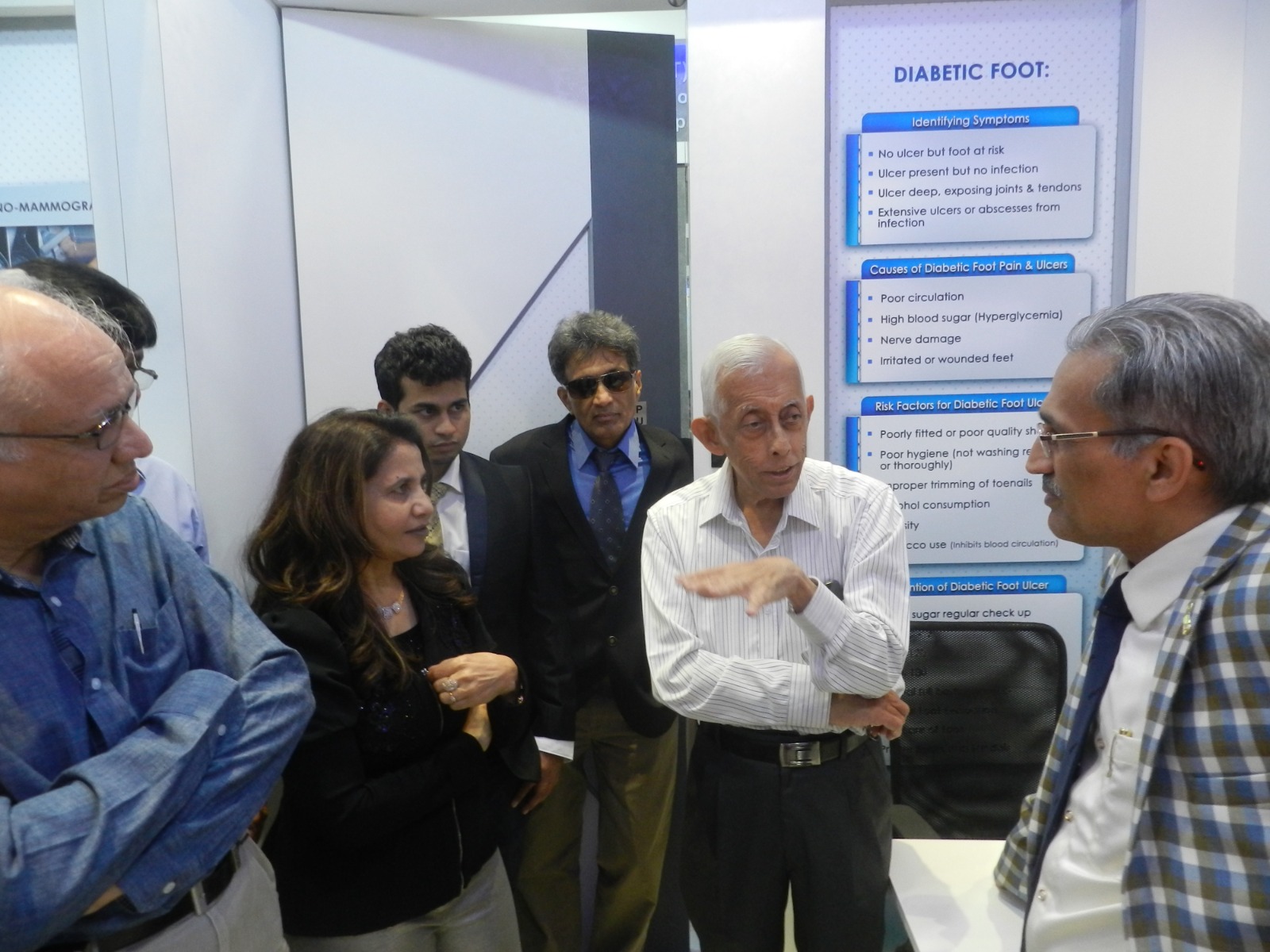- Home
- Robotic Knee Surgery
- General Surgery
- Orthopaedic
- Other Specialities
- About us
- Blogs
- Contact
24 Hours Accident, Trauma & Other Emergency Services . . .
Get Free Consultation
KAPADIA HOSPITAL – TRUSTED DIABETIC WOUND TREATMENT HOSPITAL IN GOREGAON, MUMBAI

5,000+ Successful Wound Healing Cases

Top-Rated Diabetic Wound Care Center in Mumbai (4.8/5)

International Excellence Centre

Advanced Laser Diabetic Foot Therapy

24/7 Emergency Care with On-Call Diabetic Wound Care Specialists

Dedicated to Healing Without Amputation

